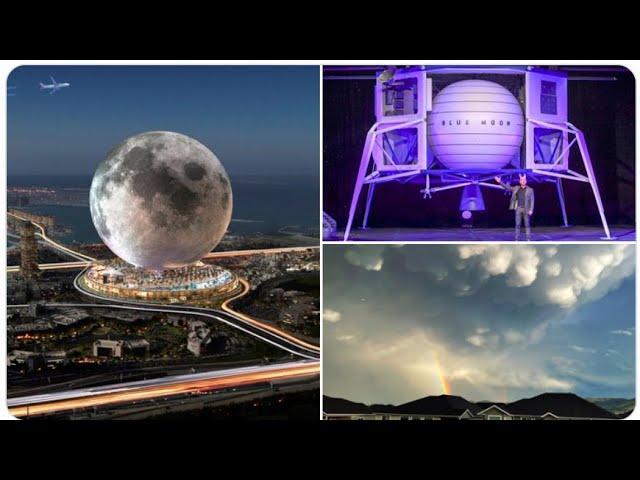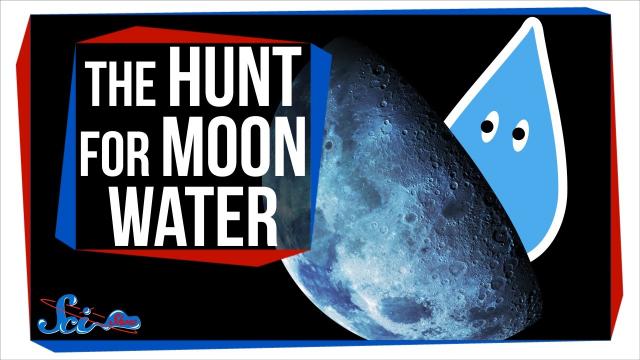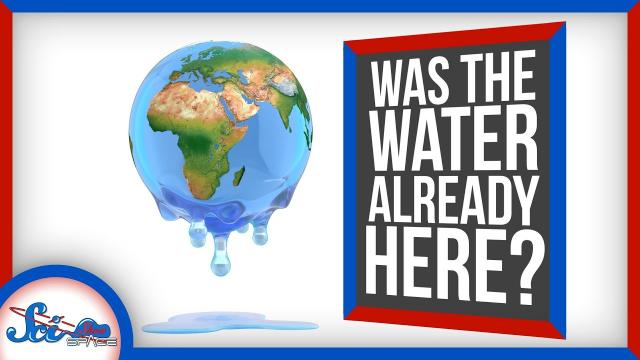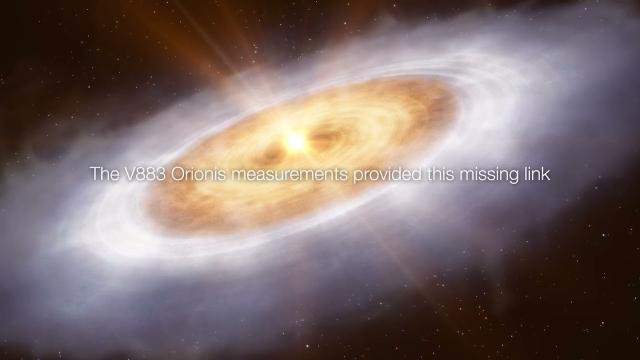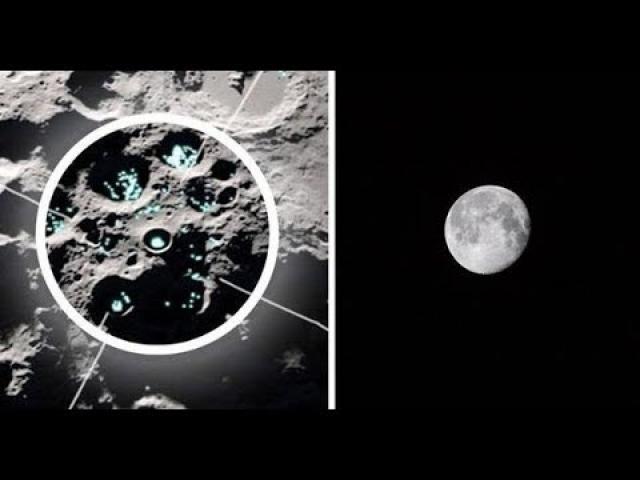Water Bridge between Earth & the Moon? Earth’s Magnetosphere Might be Creating Water on the Moon
Description
this is a crazy cool romantic story, yo.
God bless everyone,
T LEWISON
5430 BIRDWOOD RD. #416
HOUSTON TEXAS 77096
https://www.paypal.me/THORnews
https://venmo.com/TEric-Lewison
$THORnews on CashApp
https://www.patreon.com/thornews
the article
https://www.universetoday.com/149945/the-earths-magnetosphere-might-be-creating-water-on-the-moon/
There’s no doubt that the Moon has water on its surface. Orbiters have spotted deposits of ice persisting in the perpetual shadows of polar craters. And recent research shows that water exists in sunlit parts of the Moon, too.
Over the years, scientists have presented evidence that the Moon’s water came from comets, from asteroids, from inside the Moon, and even from the Sun.
But now new research is pointing the finger directly at Earth as the source of some of the Moon’s water.
The new study is titled “Earth Wind as a Possible Exogenous Source of Lunar Surface Hydration.” The lead author is H.Z. Wang of Shandong University in China, and the paper is published in The Astrophysical Journal Letters. The research suggests that particles from Earth can seed the Moon with water.
That the Moon has water isn’t surprising. Astronomers have detected water in all kinds of places in space, though most of it is ice. The prevailing theory for that water is that it arrives on planets and moons as they form, perhaps delivered by asteroids or comets. But this paper presents evidence that some of the water on the Moon’s surface came from Earth’s wind.
It’s likely that the solar wind is responsible for some of the Moon’s surface water. The lunar regolith contains silicates, and protons in the solar wind are able to reduce the oxygen out of those silicates. That oxygen then readily combines with hydrogen to form water.
The problem with the Sun being the only source of lunar surface water is evaporation. Computer models predict that a large portion of it—up to 50%—should evaporate from high-latitude regions of the lunar surface during the full Moon. For three to five days each cycle the Moon is in Earth’s magnetosphere, meaning that water should disappear from the surface since Earth’s magnetosphere blocks the solar wind from reaching the Moon and replenishing the surface water during that period.
But that’s not what happens. Instead, according to data from India’s Chandrayaan-1 satellite’s Moon Mineralogy Mapper, the water doesn’t disappear during full Moons. The authors of the study say that an “Earth wind” is replenishing it.
The solar wind and the Earth wind are different. The solar wind is primarily plasma consisting of protons and electrons released from the Sun’s upper atmosphere. But the Earth wind is a flow of ions from the magnetosphere, as measured by the THEMIS-ARTEMIS mission.
Japan’s Kaguya mission detected hydrogen ions from Eath’s exosphere embedded in the soil. It also detected high concentrations of oxygen isotopes coming from Earth’s ozone layer and becoming embedded in the lunar surface. This points to the idea of a “water bridge” from the Earth to the Moon. This bridge is active during the days of the month when the Moon is inside Earth’s magnetosphere, and it replenishes water lost to evaporation.
Though these findings go a long way to help explain lunar surface water, they might have broader importance, too. If there’s a bridge between Earth and the Moon that creates water on the Moon, where else in the Solar System might this be happening?
The authors have proposed a mechanism for lunar water that coexists with the solar wind explanation. But it’s not confirmed yet. Future studies may provide further evidence that there’s a water bridge between the Earth and the Moon. China’s Chang’e 5 mission returned lunar samples to Earth back in December. Those samples could hold evidence for the water bridge idea.
If it turns out to be correct, astronomers will immediately begin to wonder (they probably already have) if a similar mechanism is at work elsewhere, maybe right here in our own Solar System.
This study also points out how much more we have to learn about the interactions between planets, their moons, and their stars. The evolution of water in our and other solar systems may depend on these interactions. This research effort could also help us understand the potential habitability of distant exoplanets.

